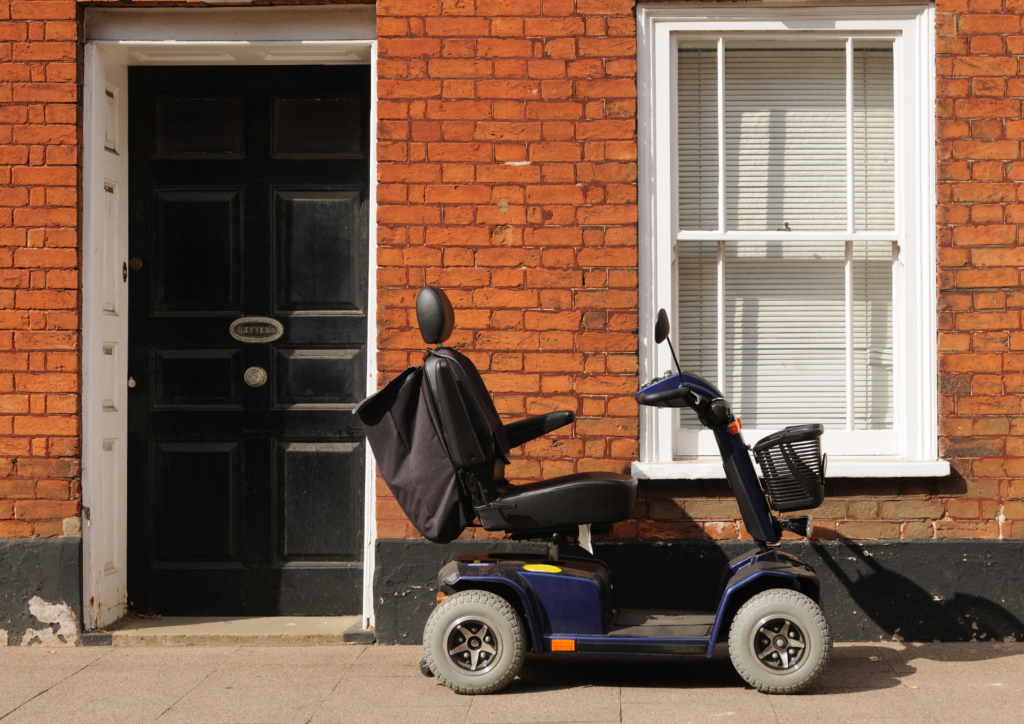
In a world designed around the capabilities and needs of the able-bodied, personal mobility aids have emerged as powerful tools in redefining accessibility and independence for individuals with disabilities. These aids provide a pathway for greater mobility and autonomy, allowing individuals to overcome physical barriers and actively participate in various aspects of life. Through technological advancements and innovative designs, personal mobility aids have significantly transformed the lives of people with disabilities, empowering them to pursue their aspirations and navigate the world with newfound freedom.
The Evolution of Personal Mobility Aids
The history of personal mobility aids traces back to ancient times, with the use of simple assistive devices such as canes and crutches to support mobility. Over the years, technological advancements and a deeper understanding of the needs of individuals with disabilities have led to the creation of an extensive range of mobility aids, including manual and power wheelchairs, mobility scooters, mobility walkers, and electric mobility devices. These aids are not just tools for movement but symbols of inclusion, fostering a more accessible society that values and respects diversity.
Enhancing Quality of Life
Personal mobility aids play a significant role in enhancing the quality of life for individuals with disabilities. They enable users to perform daily activities, engage in social interactions, and access various environments that were previously challenging to navigate. Additionally, the psychological impact of increased mobility is invaluable, promoting a sense of freedom, self-confidence, and reduced feelings of isolation. As individuals gain independence through the use of mobility aids, they are better equipped to pursue education, employment opportunities, and recreational activities, contributing to a more inclusive society.
Empowerment through Technology
Advancements in technology have revolutionized personal mobility aids, introducing features that cater to specific needs and preferences. The integration of intelligent sensors, ergonomic designs, and customizable controls has paved the way for greater comfort, safety, and ease of use. Additionally, modern mobility aids are increasingly equipped with connectivity options, enabling users to interface with smartphones, GPS navigation systems, and smart home devices. Such technological enhancements are empowering individuals with disabilities to manage their mobility with unprecedented convenience and efficiency.
Championing Inclusivity
The widespread availability and evolving designs of personal mobility aids have contributed to breaking down structural barriers and promoting inclusivity. By providing individuals with disabilities the means to move independently and participate in diverse social and professional settings, mobility aids foster a more inclusive society. Accessibility to public spaces, transportation, and recreational facilities is not only a matter of practical convenience but also a fundamental human right. The representation of mobility aids in public spaces communicates a powerful message of acceptance and equality, inspiring a cultural shift towards universal accessibility.
Conclusion: Embracing Freedom: The Impact of Personal Mobility Aids
Personal mobility aids are not merely instruments for physical mobility; they embody the empowerment of individuals with disabilities, offering pathways to independence, self-determination, and equal participation in society. As we continue to advance the capabilities and accessibility of these aids, we must recognize their profound impact in transforming lives and fostering a world where everyone can move forward with confidence and embrace newfound freedom.

It’s interesting to note how technology has made these aids more than just a necessity, but also a way to enjoy independence. Do you think we’re getting close to perfecting them yet?
Thank you for sharing your thoughts, Raj. We agree that technology has greatly enhanced the functionality and accessibility of mobility aids. While we’re making tremendous progress, we believe that there’s always room for improvement. At Eko Life Malaysia, we’re committed to staying at the forefront of innovation and working closely with experts to develop more advanced, intuitive, and user-friendly solutions. Would you like to schedule a consultation with our team to explore how we can empower individuals with disabilities through improved mobility aids?
It’s great that people are talking about inclusivity more but I wonder how effective our public spaces are when it comes to accommodating those with mobility aids. Its something we need to look into.
Thank you for your thoughtful comment, Emily. You raise a valid point about public spaces being inclusive for those with mobility aids. At Eko Life Malaysia, we believe that accessibility is crucial for creating a more inclusive environment. We’ve observed that public spaces can be improved by incorporating features such as wider pathways, ramps, and accessible seating areas. By doing so, we can empower individuals with disabilities to move around more freely and participate fully in society. If you’d like to know more about how we can improve public spaces or would like to share your ideas, please feel free to reach out to us at [email protected] or +60 3-7890 3042.
I think it’s wonderful to see how far mobility aids have come. As someone who’s known people who require these, I can attest to the impact they have on day-to-day life.
Dear Zachary, thank you for sharing your personal perspective on the impact of mobility aids. We couldn’t agree more on how far these devices have come in empowering individuals with disabilities. At Eko Life Malaysia, we are committed to providing quality products and professional servicing to support the needs of our customers. If you have any questions or concerns, please don’t hesitate to contact us. You can reach us at [email protected] or +60 3-7890 3042.